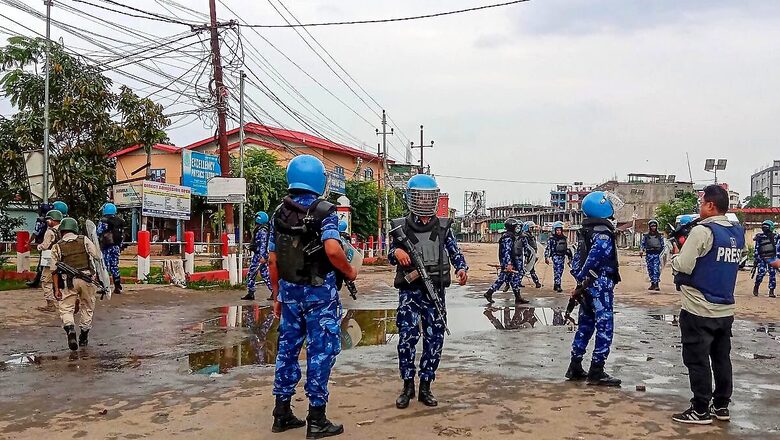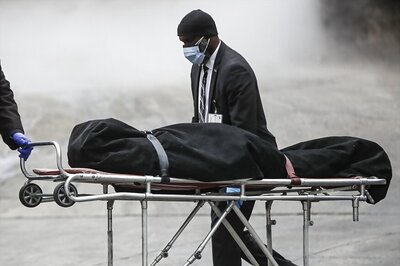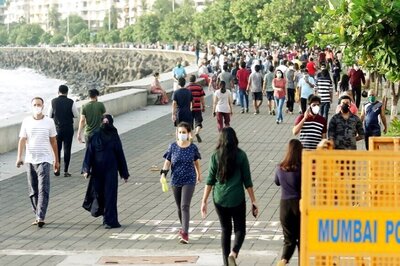
views
The ethnic tension in Manipur snowballed after clashes took place between rival groups during a student march on May 3 called over the demand for the Scheduled Tribe status by the Meitei community. Videos on incidents of violence began surfacing on the Internet, including two women being paraded naked by a mob, which sent shockwaves across the country.
According to official figures, 150 have died, over 500 injured in the state, with more than 6,000 FIRs and 5,100 cases of arson registered by the police. So far, 252 arrests have been made.
More than 15 meetings were held with government officials, security forces, political leaders, civil society organisations. The officials visited violence-hit areas and relief camps and interacted with people. Kuldiep Singh, IPS (retd.) was appointed as Security Advisor by the Manipur government on May 4 to assess the situation. Senior officer Vineet Joshi, IAS, was appointed as Chief Secretary on May 7.
ACTION TAKEN SO FAR
So far, the government has unified an inter-agency command under the security advisor in the Manipur case. A judicial inquiry by a commission headed by a retired high court judge; CBI investigating special six cases; arrangement for online classes for school and college students; additional doctors deputed in the state; helicopter service for Churachandpur, Kangpokpi, Moreh — the epicentres of Manipur violence – some of the action that the government has taken so far.
RELIEF AND REHABILITATION
Around 360 relief camps have been operational in Manipur in which 57,000 people are staying as of July 27. Around 30,000 MT rice has been provided to the people at relief camps through Food Cooperation of India. Besides, gas and petrol have also been made available in sufficient quantity in the state.
A team of senior officials from the home ministry was sent to assist the state administration.
A special package of Rs 209 crore has been sanctioned for temporary shelter for those displaced due to violence, damage to farmers and other essential sustenance.
More than 20,000 students and locals were airlifted to safer places and camps; a railway platform was built in Khongsang in Manipur.
A compensation of Rs 10 lakh to the next of kin of the deceased, of which, Rs 5 lakh by the Centre and Rs 5 lakh by the state government, was announced.
HISTORY OF MANIPUR
The state was initially under the rule of Maharaja Bodh Chandra Singh, who signed the Instrument of Accession, entrusting defence, communications and foreign affairs to the government.
October 15, 1949, Manipur merged fully with the Indian Union, and became a full-fledged state in January, 1972.
During the Kuki-Naga clash in April in 1993, more than 350 Kuki/ Naga villages were uprooted in which 750 deaths were reported. The active violence ended in December, but sporadic incidents were reported till 1998.
In another clash between Kukis and Paite from 1997 to 1998, nearly 352 died, 136 injured, over 50 villages were destroyed and 13,000 people displaced.
Flare-ups between Meiteis and Pangals took place in May 1993 in Thoubal district in which 100 people died.
The Kuki extremists tried to impose heavy taxes on Tamil businesses, which led to clashes in 1995 in Moreh. More than nine people died in violence.
















Comments
0 comment